HFA Audio Setup History 28 – Speakers and Amps – Oct 2017/Dec 2017
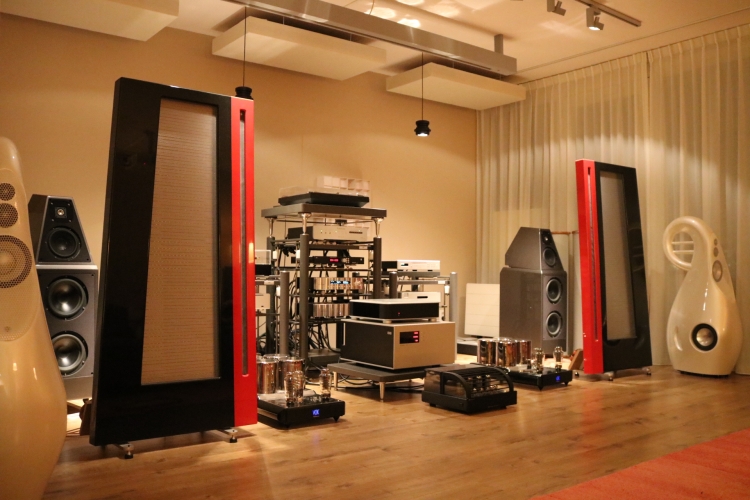
Finding my next reference speakers and amplifiers
I closed the previous installment of this series by stating that a speaker is only as good as the room acoustics allow it to be, and then only as good as the match is with the amplifiers. I also noted that there is no such thing as a perfect speaker. To this day I can confirm that several speakers have wowed me one way or another, but overall still not as much as Apogee Divas, or Duettas for that matter, at least not in the areas in which these speakers excel, because Apogees are also not perfect…
Anyway, I had started a quest to find the perfect amplifier, for my Diva situation at least. By now I knew that there were amplifiers that are more expressive and lively than my precious Rowlands, but so far none of them was a match in terms of treble refinement and low-level resolution.
Fast-forward a few months and by now I had decided that no magical amplifier was going to turn the Divas into the lively beasts that I wanted them to be. So, I slowly grew into the idea that I might have to sell the speakers, as well as the Rowlands.
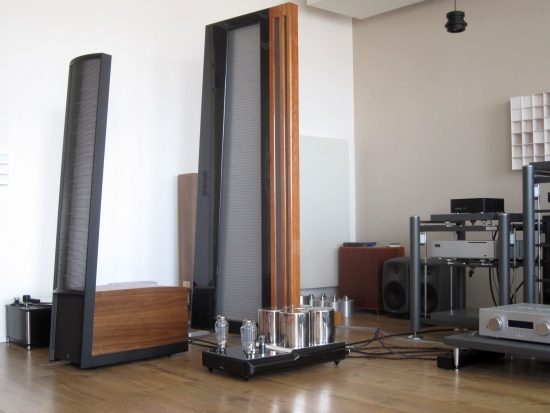
First candidate – Martin Logan Impression 11A
Holy Guacamole! Simply positioned in the same positions as the previous dynamic speakers that I tested in this room, on their standard plastic feet, with standard cables and default settings, without running in and without any tweaks I started listening and right away the sound was simply breathtaking. It was so good in fact that was now actually considering to do away with the Divas and go for these Logans!
It wasn’t only the Logans that were so amazing, especially in the bass, mind you, but also the AVM A 6.2 brought a not inconsiderable quality to the scene. Especially its bass and liveliness were very impressive. The Rowlands, by comparison, sounded more refined for sure, but also more synthetic and quite restrained dynamically.
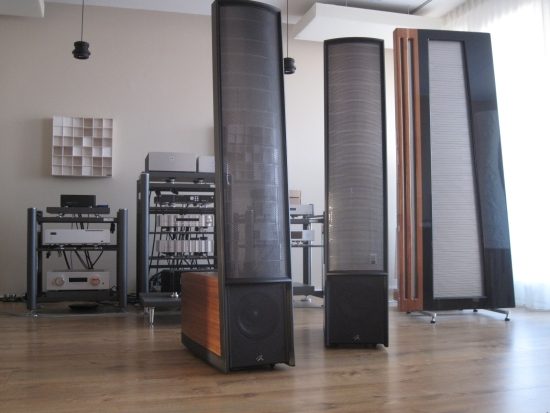
Not only the Logans’ bass was fantastic, they also sounded utterly coherent, fast, nimble, open and articulate. For two weeks I reveled in the large soundstage, in awe of their implosive bass, super-high resolution, and ribbon-like super-refined treble.
The only thing holding me back to not shell out and get them was that while they sounded utterly fantastic with electronic music and R&B, but not quite so great with soul or smooth jazz music. This has to do with their very clean, somewhat flat and slightly synthetic midrange and a lack of bloom and body. It was quite annoying to find the Logans sounding superb with some tracks and lackluster with others, only to switch to the Divas and to hear them sounding utterly believable and involving with this those tracks.
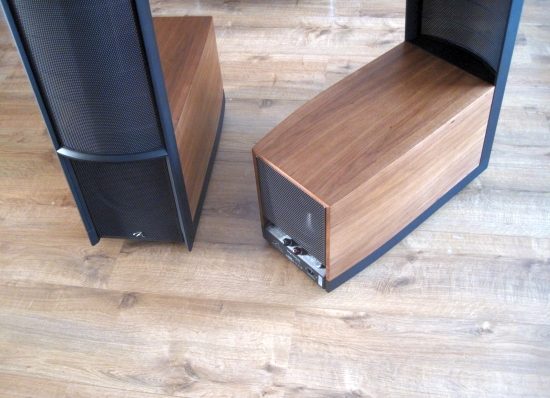
Read the Martin Logan Impression 11A review
Divas sold
But by now I knew that I had to bite the bullet and so I have sold the Divas and my quest for other speakers had started.
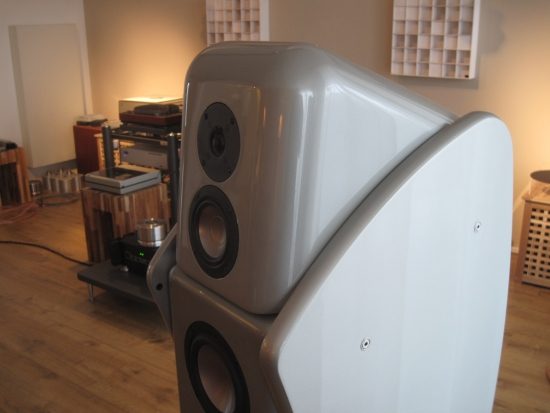
Revel Ultima Salon
The Ultima Salon was surprisingly coherent, with deep bass and explosive dynamics and a clean sound with no overhang. Bass (almost as good as the Logans) and dynamics, as well as vocals (better than the Logans), had me convinced but the imaging and the treble performance not so much at all.
Weirdly, the Bryston 3B ST which worked so well with the Divas does not work well with the Salons at all. The Bryston sounded less refined than the Rowlands on the Divas as well, but the overall sound was still well-balanced, and very enjoyable, with seemingly great bass to boot. With the Salons, however, the Bryston’s sound is somehow further simplified, seemingly lacking lots of nuance. While I can also hear with the Salons that it has big bass, it is also painfully clear that Bryston’s bass is quite boomy and fat and much less well-defined than that of the Rowland sixes.
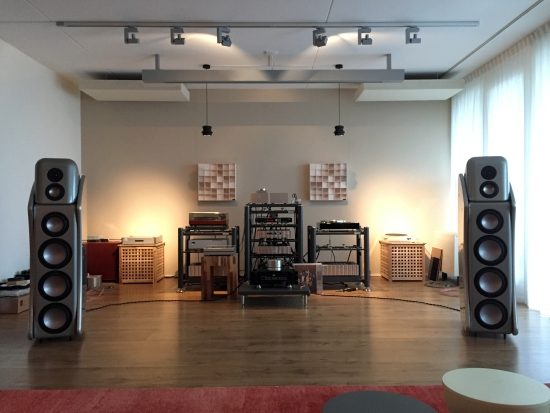
By contrast, the sixes, otherwise normally known to have tight yet comparatively thin bass, really brought the Salons to live. Not only did they have plenty of bass, it was also highly agile and tuneful and had a big impact. And most baffling of all: there was not a hint of the dynamic compression, as was the case with the Divas. It seems that the Revels have a similar quality to the Sonus Faber Amati Anniversarios in that both are superbly lively and dynamic when driven by the Rowlands.
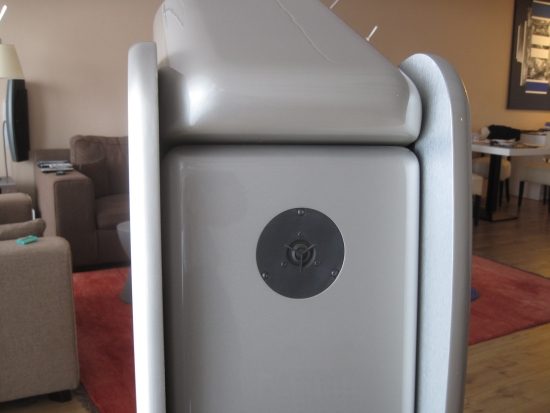
Rear tweeter for extra ambiance – this actually worked very well!
The cheap and cheerful Skyline Hybrid speaker cable had always worked exceedingly well with the Divas and Duettas but turned out to sound woolly and ill-defined with the Salons. Surprisingly the Jorma no.3 not only sounded tighter and more articulate but also more dynamic and involving, whereas it can appear dynamically a little restrained with the Apogee Centaurs. This is not the case: it is just more controlled and has less overhang, giving the appearance of being less enthusiastic.
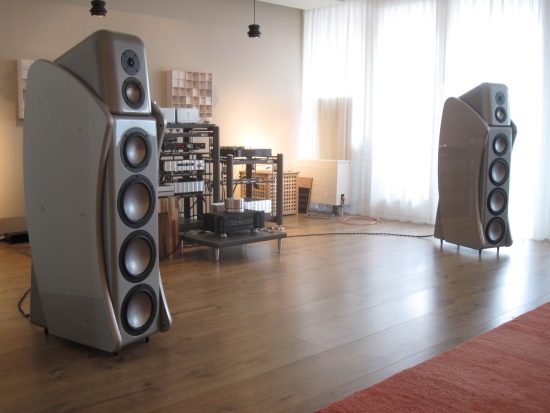
Audio Research Ref 75 SE
More dynamics and bigger bass, from a 75w tube amp? Indeed, but only with matching speakers.
The Divas, for example, sounded lackluster with the ARC Ref75SE. The Duettas, however, were driven with aplomb! Not only did the ARC amp seem to provide a larger dynamic swing (meaning the swing between soft to loud) than with the Rowlands. Say again? Indeed: in spite of its conservative power rating, the bass was more expressive and more tuneful with the ARC amp. The amp even played quite loudly without issues, but when really pushing it with truly dynamic material (rather than the usual pretty compressed material), the limit could be reached. But that’s fair enough with these insensitive speakers! My friend Jan Willem was in heaven (he even went so far as to get a Ref75SE for himself to power his original Duetta Signatures with, instead of his Rowland sixes), but it wasn’t perfect for me. While the bass was more engaging, I found that it could be tighter. More transistor-like, if you will.
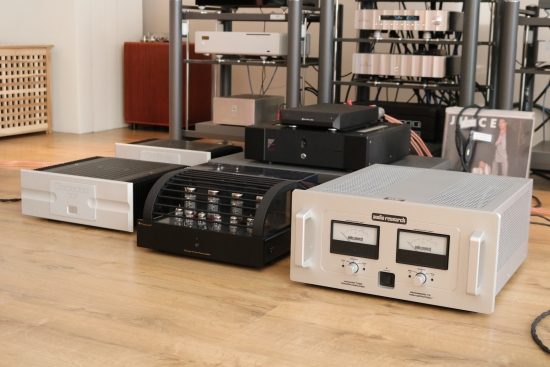
Rowlands Sold
And so, I have also sold my long-lasting favorite Jeff Rowland model sixes. I know for sure that it will be incredibly difficult to find another amp that has a similar delicacy, and if I do then it will likely be costing crazy money. Thing is that I have lived with the delicate and mild-mannered Rowland for more than 8 years now, and it is time for a change in character. Now I am going for maximum bass performance and an overall more dynamic, more concrete kind of sound. Even if that means losing some treble air.
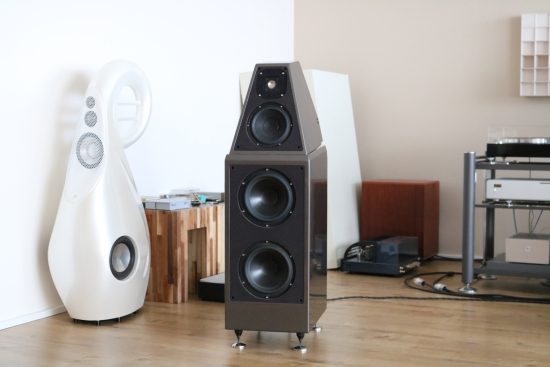
Wilson Watt/Puppy 8
As an experiment, I took a friend’s advice and bought a pristine set of used Wilsons. I figured that they would probably be too harsh or at least too forward but my craving for dynamics and bass power would at least be satisfied. I just wanted to find out what was possible and then to see where that takes me. Well, as it turned out, the Wilsons sounded fantastic and I would grow ever fonder of them with every improvement that I made in the system and room setup. Would these be my next long-lasting speakers? Time would tell.
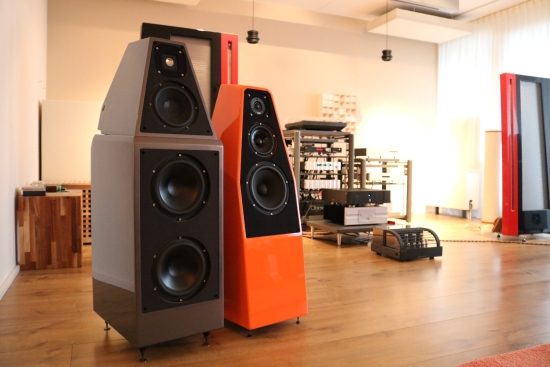
Wilson Sabrina
After having heard the Sabrinas at the X-Fi show in Veldhoven, I was almost certain that I wanted to get a pair of Wilsons, and since the Sabrinas were the most “affordable” model, I prepared myself for obtaining them. Alas, Werner Ero had already requested them for a review and so, some time passed between my requesting review samples and obtaining them. And so it happened that I had purchased a pair of Watt Puppy 8’s prior to receiving the Sabrinas. It was the right decision, I learned, as I had a clear preference for the Watt/Puppies. Lucky me!
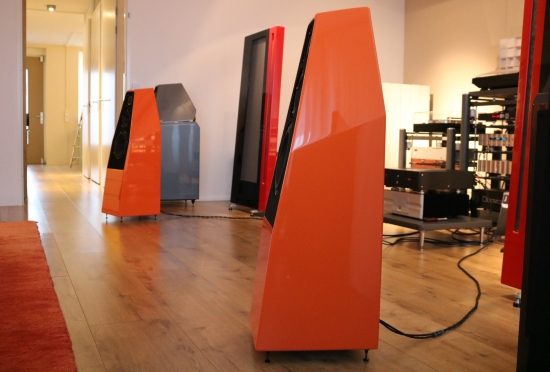
Read the Wilsons Sabrina review
So, I was the lucky owner of a great pair of speakers but I still needed to have a good amp. So far, I was able to borrow all kinds of amplifiers, for review as well as for my personal quest.
My objective
I have heard an incredibly lyrical and emotionally involving conveyance with the Watt/Puppies using the Audio Research Reference 75 SE tube amp, and even more so using the VAIC Reference 520 monos. However, these amps are not very powerful nor do they have the tightest, beefiest or most articulate bass, which in my experience so far remains the realm of transistors. Very powerful tube amps can be found of course, with huge transformers and lots of tubes in parallel. But in doing so you quickly lose the directness, purity, and agility that the simpler designs offer.
Ok, I can let go of some of my requirements and am willing to compromise, but absolutely need an amp to sound nimble, articulate and dynamic as well as fluid, well-resolved, lyrical and timbrally convincing. Oh, and I need it to be quick to warm up, be stable and reliable. Oh boy, that still reads like an impossible task. Or is it?
Alternatives
There are very many types of amplifiers but in broad terms, there are tube amps, transistor amps, and switching amps. Although I am very much tempted by the free-flowing and lyrical nature of tube amps, especially when combined with the dynamic behavior of the VAICS and Ref75SE, at this time, bass performance and stability are more important for me. So, for me at this moment, it’s just between transistor amps and switching amps.
The PrimaLuna DiaLogue Premium tube power amp drives Apogee Centaurs perfectly, seemingly just as well as the more powerful Ref 75 SE, and surprisingly it drives the Duettas with better dynamics and more bass slam than any transistor amp tried so far. Bass tightness and articulation is another matter, however, which is traditionally a Transistor forte.
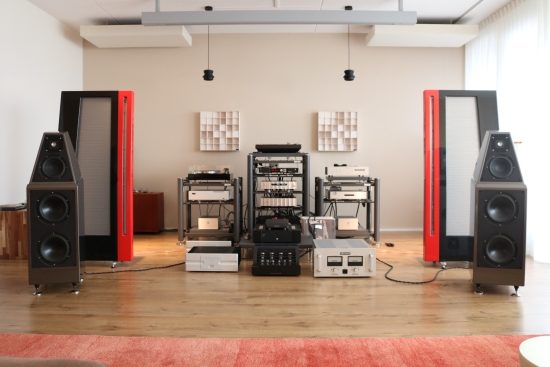
Above: Bryston 3B and 4B Cubed, PrimaLuna DiaLogue Premium and Audio Research Ref75 SE. The latter worked really, really well with the Wilsons but the bass was not its forte. Even the less powerful PrimaLuna amp has considerably beefier and more powerful bass.
The current crop of Cubed Bryston amps has certainly impressed me by sounding full-bodied, smooth, fluid, rich and timbrally very convincing. In a way, they deliver much of the stereotypical class-A sound without the heat. Even tube- and Rowland friends were surprised at their musicality. However, after having lived with the Rowland amps for so long, I longed for a sound completely without any signature. I wanted tight bass and neutral, clean mids, devoid of any sauce. In short, I wanted a more nimble, more immediate sound, and this focused my attention on Class D switching amps.
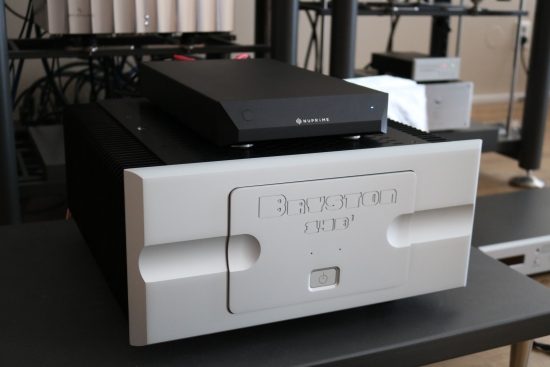
Above: NuPrime ST-10 on top of a Bryston 14B Cubed
Lots of articles have been written about switching amps, about their merits as well as their issues and I certainly have contributed my part in this here on HFA as well. However, I want to emphasize at this stage that switching amps really have come a long way. No longer do they necessarily sound overly clean, thin, rough or timbrally synthetic. For example, the Ncore-based Mola-Mola Kaluga power amps have fluidity, refinement and treble performance to challenge the Rowland sixes, in addition to ultimate transparency and superb bass definition. Another great example is the NuPrime ST-10 which has incredible dynamics, a timbrally full and sonorous tonality and instrumental texture to challenge the best tube amps I have heard. The ST-10’s lesser areas are fluidity and treble resolution, but in spite of that, I was so impressed with the amp that I purchased it as a reference product in its price class and well above. Meanwhile, I was seriously considering ultimately going for a NuPrime product further up in their portfolio, because the humble ST-10 already combined so many of the aspects that I find important, and perfection does not exist anyway. Or does it?
Read the Bryston 3B, 4B and 14B SST “Cubed” review
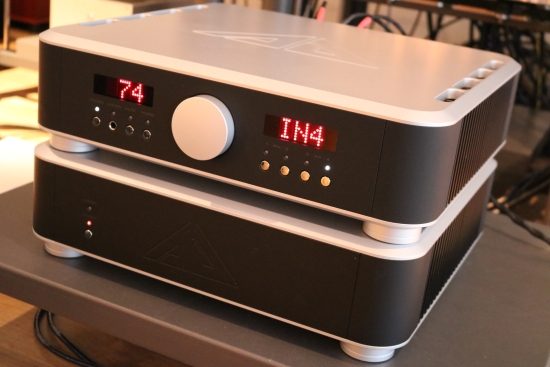
Analog Domain
When Hans of HVP Audio informed me of an exciting new brand of amplifiers that he started distributing, I asked him if I could use Analog Domain amps as one of the references as part of the Wilson Sabrina, Vivid Giya G3, and several other reviews. Fortunately, Hans was happy to deliver the M75D integrated and M75P power amp.
Tube sound
Analog Domain amps are said to possess some traits that tubes normally excel in. But what consititutes tube sound? In my view, on the one hand, there are the typically woolly, fat and “tubey” sounding tube amps such many classic tube amps, for examples some amps made by Jadis and on the other hand there are the lively, pure and direct sounding tube amps, such as those from Ayon and VAIC, in particular, the Reference 520 monos. The latter have no tube fatness and no added warmth whatsoever. They sound pure, lively and direct, but instead of sounding flat like typical transistor amps can do, they really are the most involving amps that I have heard. The thing is that SET amps in generic have precious little power and only work well with efficient speakers. Even the VAIC beasts with their huge double parallel 52B triodes manage only about 50 watts. While they do drive the Wilsons splendidly within reasonable volume levels, they definitely do not drive Apogee Duettas very well at all, at any volume level.
So, to which kind of tube sound are the Analog Domain amps being likened? Of course, it is the lively, pure and direct-coupled “SET” kind.
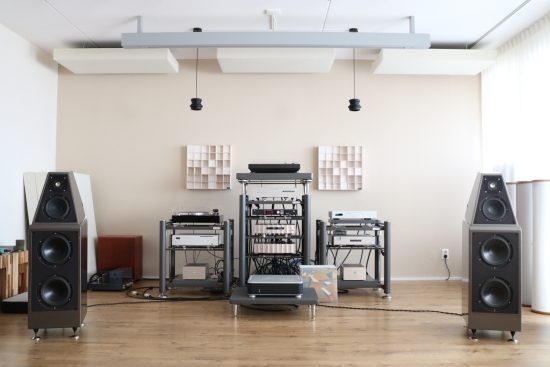
Above: Analog Domain M75P with Wilson Watt/Puppy 8
Analog Domain M75P Power Amp and Wilson WP8
Straight from the cold and having hardly played, the M75P played beautifully with the Wilson Watt/Puppy 8 speakers right from the start. There is no restraint, no hardness, no glare, no blur, no coloration, just clean, pure music in all its enthusiasm and dynamic splendor. The M75P does not sound like a typical class A amp in that it does not have warmed up midrange but there is also no crossover distortion that I can detect. The amp does not sound cold or warm, yet it is timbrally rich and acoustically very lifelike and convincing. Going back to the NuPrime ST-10, I must admit that the amps are not so far apart in terms of overall sound as one would expect based on the price difference. Then again, the better the equipment gets, the more it costs to further improve on the sound. It’s a logarithmic scale.
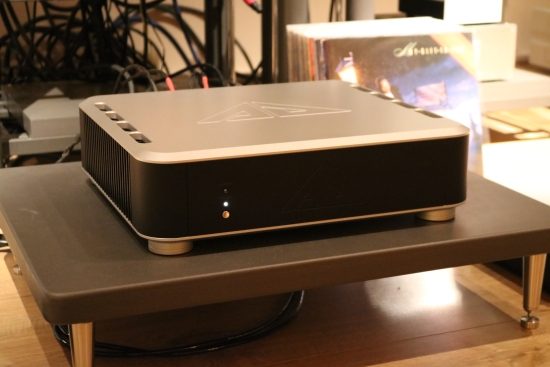
These days, I want my sound pure, honest, tight and articulate and so far the Analog Domain and NuPrime amps both apply. Both amps are rhythmically strong, timbrally pure and highly engaging. But I also want superb resolution and fluidity as well as refined treble performance, well knowing that it is an impossible task for an amp to deliver on all accounts. The Analog Domain amp also has impeccable resolution and decidedly non-square treble. It’s not the classic Jeff Rowland treble that is always silky, even if the recording is not, but a better-textured, more honest kind of treble. Smooth recordings sound every bit as silky and airy as they should while rock recordings have all the rough treble energy that they need. The Analog Domain amp manages to combine great dynamics and raw power with superb resolution and silky treble. It’s a combination that is near impossible to find.
However, as I listened longer to the Analog Domain amps, the more I got the feeling that something was missing. It was the elusive “boogie factor”. It’s the sense of involvement that great tube amps can provide so well. Other experiences with the Analog Domain amps at shows have shown that this is not a quality that is inherently missing with these amps, but evidently, my setup and combination were such that the Analog Domain amp was also not ideal for me. The Nu-Prime ST10 was still nicely enthusiastic, but given its modest cost, naturally, it can’t work miracles. While it never failed to deliver a superbly foot-tapping performance, the dearer amps that I had used lately left me craving for more.
Read the Analog Domain M75D and M75P review
Soulution 711
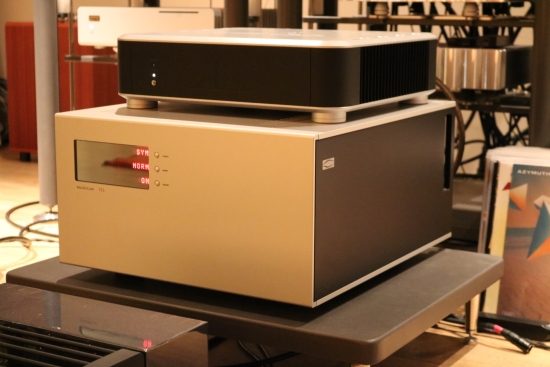
After having listened to the Analog Domain M75P for 2 weeks, my audio buddy Niels was so kind to bring along his super-heavy Soulution 711 amp as part of experiments for other reviews. At a whopping 55.000 euro, this is a seriously expensive amp. The first message that I want to get across concerns a common misconception. Many people are under the impression that this brand’s amps sound cold and sterile. Maybe this seems to be the case because they are often partnered with a certain brand of speakers that themselves have these characteristics and it is also possible that this preconception has stuck around from the earlier series of Soulution products such as the 700 mono- and 710 stereo amplifiers that (according to reviews as well as reports from people whose opinions I trust) indeed had a tendency to sound thin and analytical. Either way, I can confirm that this is absolutely not the case with the 711.
When switching between the Analog Domain M75P and the Soulution 711 using the same power cables (Belden) and interlinks (Cardas Hexlink Golden 5C), with the Duettas as well as the Wilsons, it is immediately clear that these amps sound quite different.
The biggest difference is in the timbre: the Analog Domain amps sound utterly linear and articulate but in this context also a little thin and clean while the Soulution 711 sounds more like a Wadia CD player: big, beefy and sonorous but also a little dark. The Soulution really sounds quite sonorous, with a lush, bloomy and warm midrange that is really quite appealing. It’s this very aspect that even likens it to a certain tube sound. And the 711’s bass was simply glorious, maybe even the best I have heard so far. However, the 711 did not seem to be particularly refined or airy in the treble. It did not sound as upbeat and linear or as transparent as the Analog Domain amps but in terms of dynamics and overall sense of control, the Analog Domain and Soulution seemed to be equals, at least with the speakers that I have set available at this time, and that includes the Vivid Giya G3’s. With even more demanding speakers I would imagine that the 711 will eventually win the test of strength but all of its powers are not required with these Wilsons. Another structural difference between these amps was in the field of soundstage depth. While the Analog Domain amp had the soundstage more or less constrained to the speakers, the Soulution seemingly created another room behind my rear wall and projected layer upon layer behind the speakers to make for a fascinating delivery.
When the Soulution was back on its way home with Niels, what lingered in my mind was mostly its seductively rich midrange and once again, this triggered the idea to get a tube amp for the Wilsons and I’ve thought about it long and hard. But after listening to the Ref75SE again, I ultimately decided that as great as it was, I wanted the kind of transistor-like bass that the Soulution, AVM and Analog Domain do so well and so the Ref75SE is not the ideal amp for me. By the way, the Ref75SE has great imaging, but it could not match the Soulution’s unbelievable layering and soundstage depth. I briefly contemplated actually getting a 711 but even second hand they command absolutely horrendous prices.
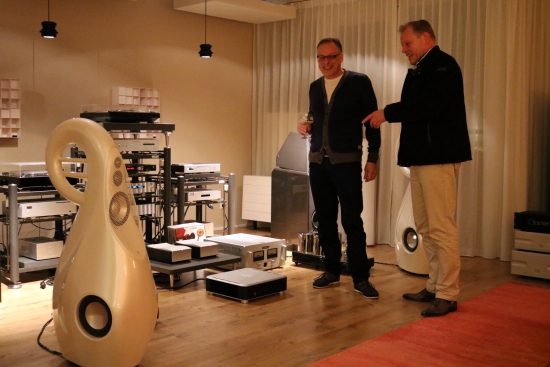
Above: audio buddies “Meneer Buis” and “herr Tube Doktor”, discussing the amp and speaker choices at hand
Read Also:
Soulution 711 versus CH Precision A1.5
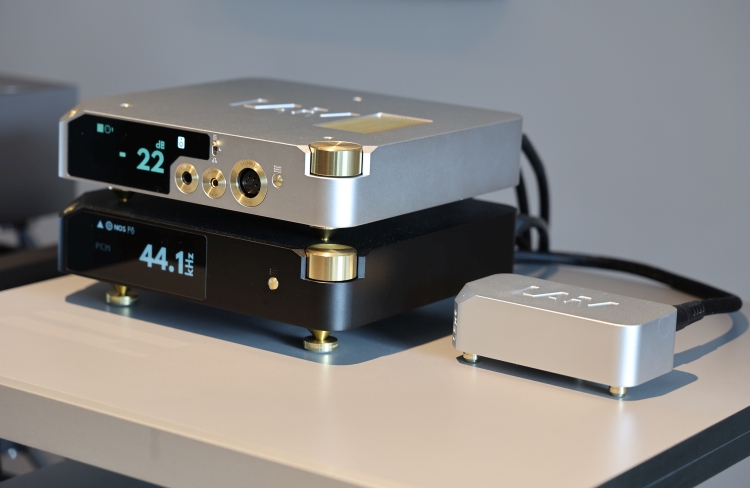
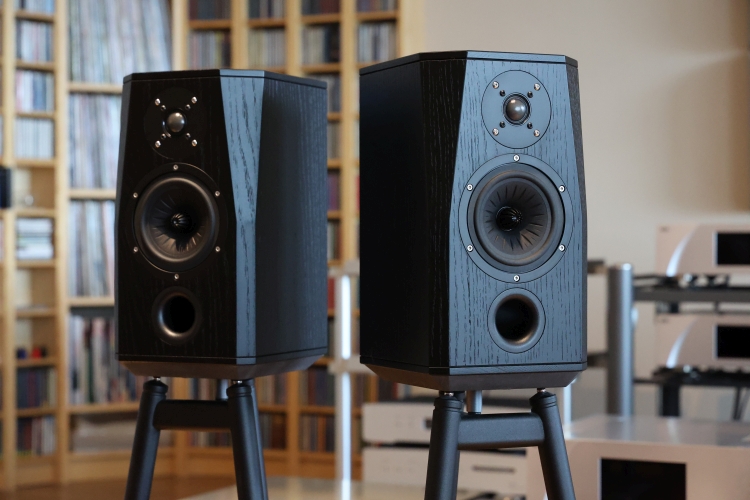
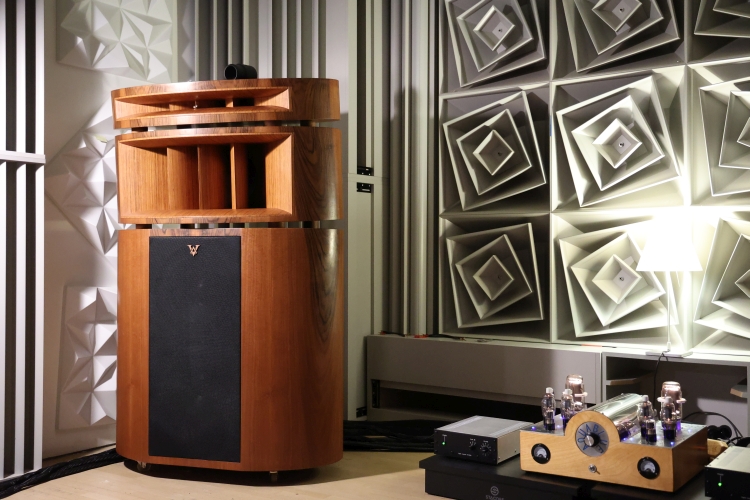
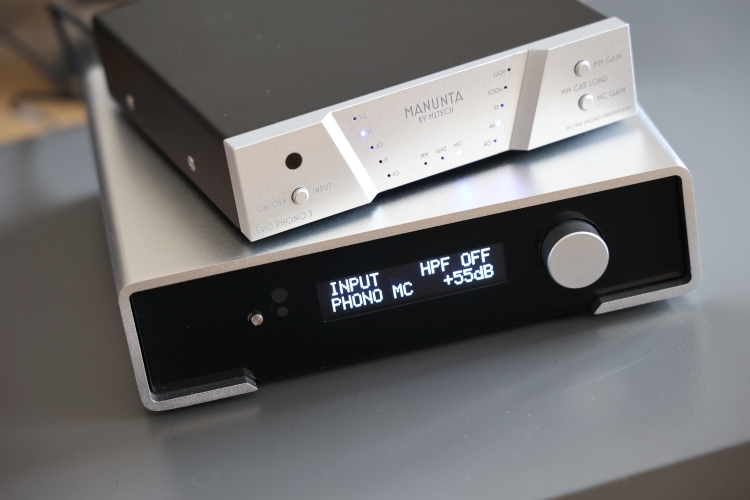
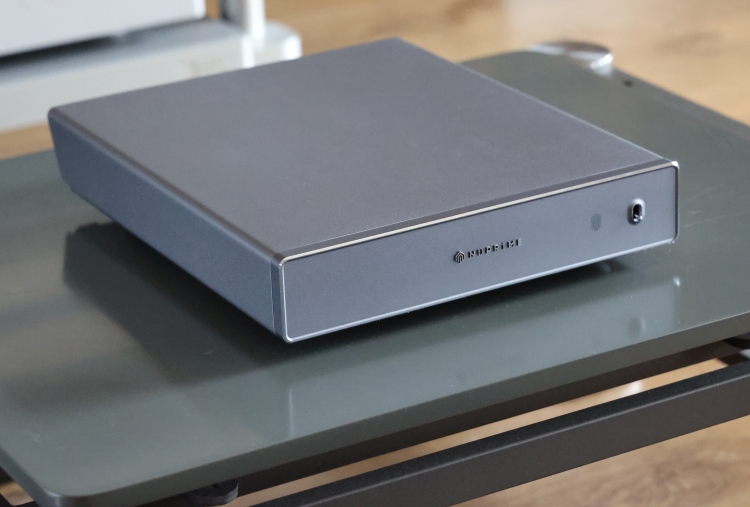
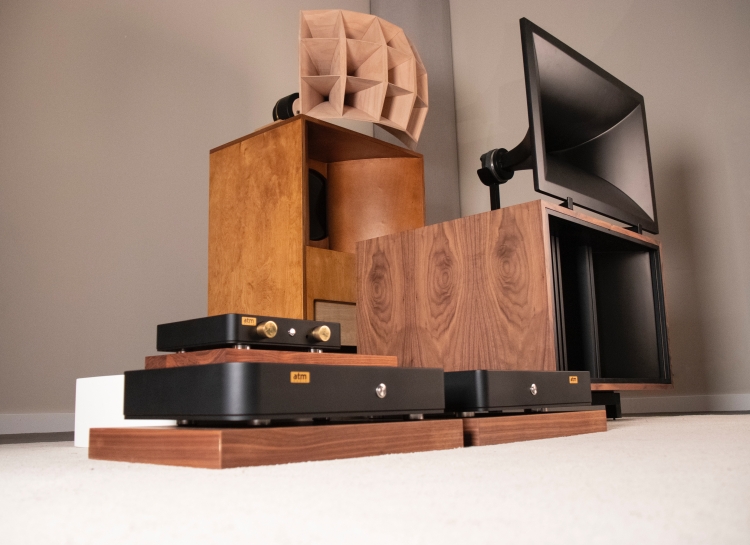
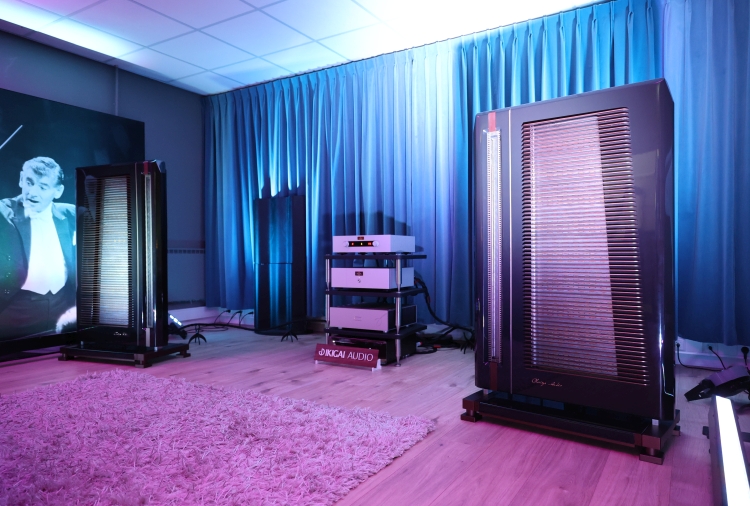
Another great report, thanks for sharing your experiences!
Nicely done, thanks for taking the time to explain your experiences.
hello Christiaan, interesting comparisons as always!
Would you say the Soulution 711 could be a good replacement for Mcintosh tube amps on big Focal Stella speakers? Or would you advise against this, given the seemingly less refined highs of the Soulution and of course beryllium tweeters in the Focal
Thanks!
Good question. While I feel the 711 sounds less airy and refined than the CH A1.5, I do not feel the 711 sounds rough, and definitely not harsh. In that regard, you should be fine combining it with the Focals. It actually sounds quite liquid and smooth. Of course, it is not a tube amp and it does not emulate one, except that it does not sound stereotypically transistor-like. In certain areas (definitely not overall), it reminds of the MA6900 that I owned, such as bass fullness, tonal saturation, and flow, but it improves on the MA6900 in many other areas, such as timbral realism, resolution, articulation, and grip.
Thank you for your insightful comment! Would you say it draws you emotionally in to the music, or would I need to combine it with a tube preamp for that? Input impedance of the Soulution might be a caveat here if I am not mistaking?
I experience no lack of emotion with the 711 at all. But some may be used to a rounder sound with less control. Whether you still need or want a tube preamp is a personal matter. Some tube products drive low impedances better than others. In case of a mismatch, the sound will lack drive, propulsion, and impact. 10 kOhm on RCA is pretty standard, though. You don’t necessarily need higher. 5 kOhm on XLR is lower than average, but still does not need to be a problem per se. Generally, you won’t experience real problems until you get down to 600 or 300 Ohms. Mostly, it comes down to synergy, and that requires some trial and error.